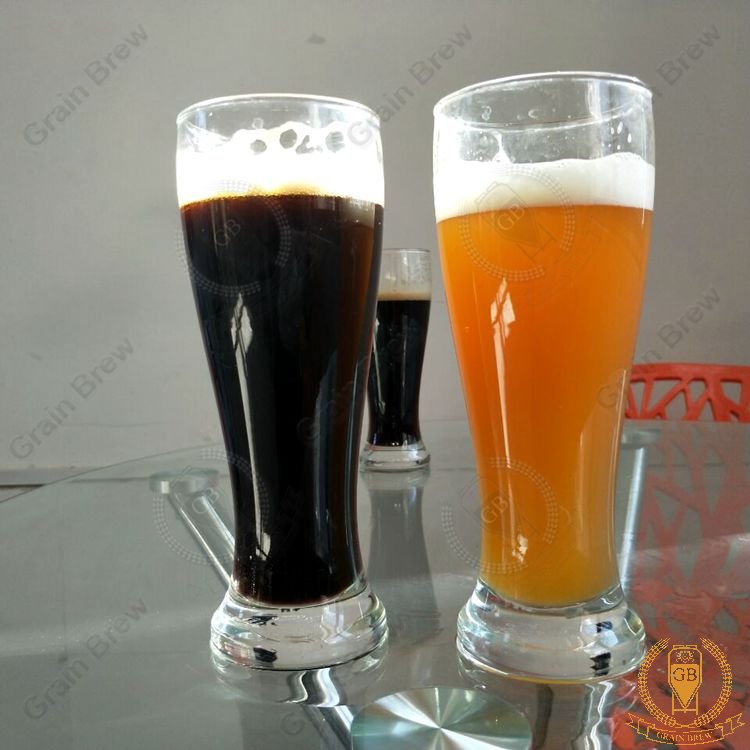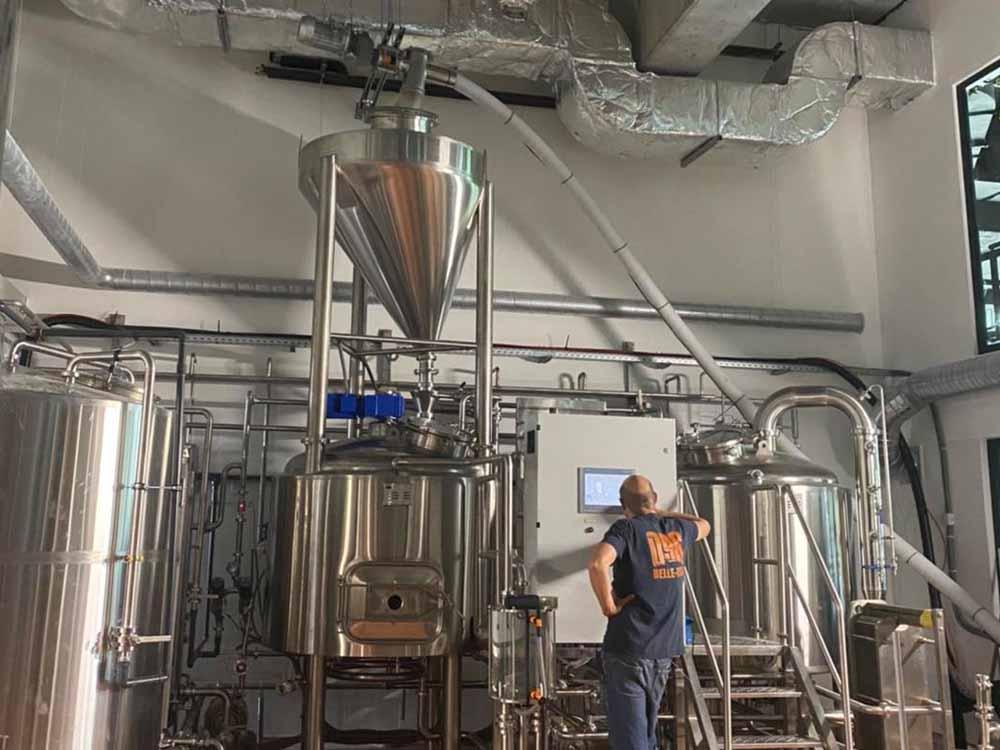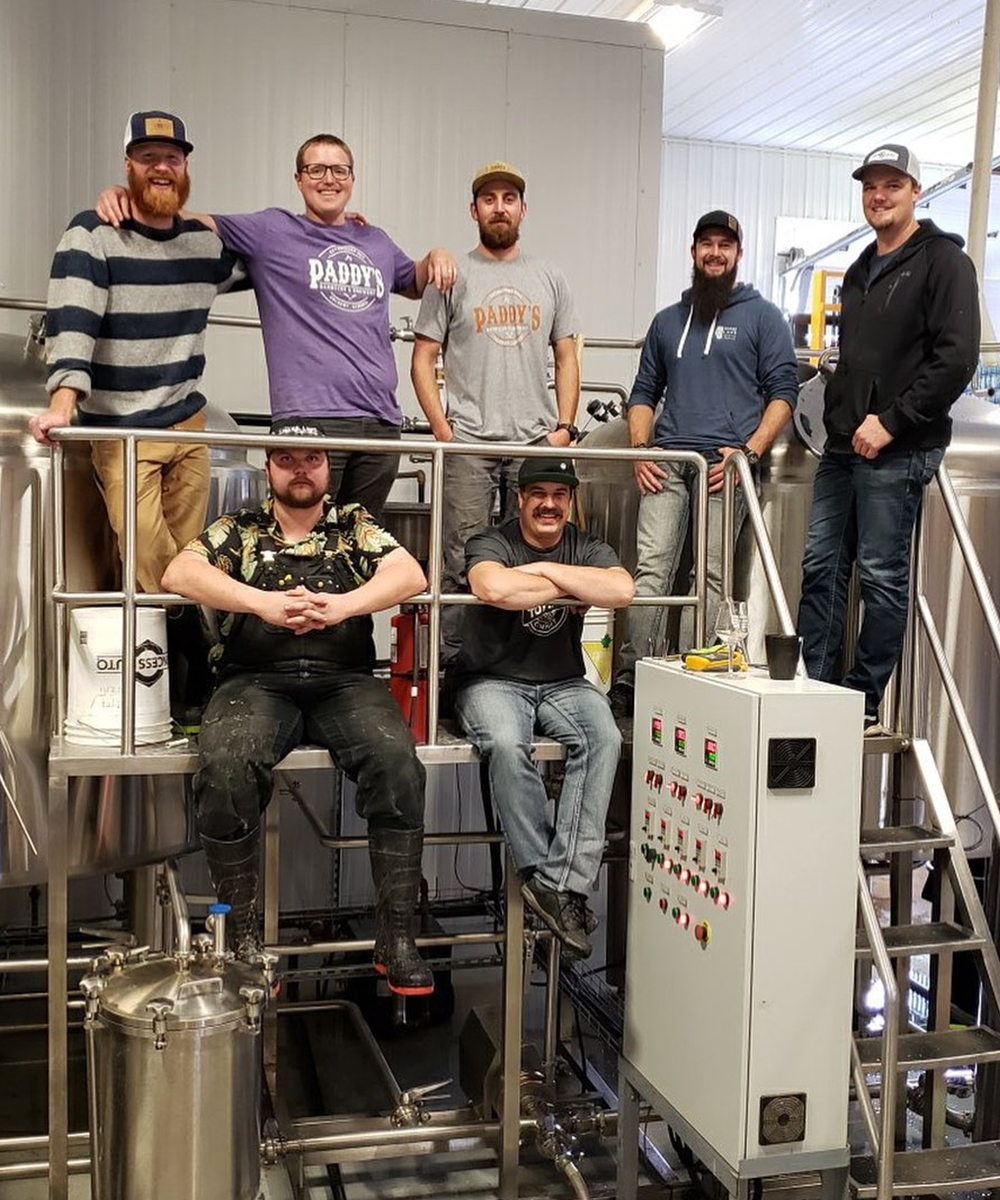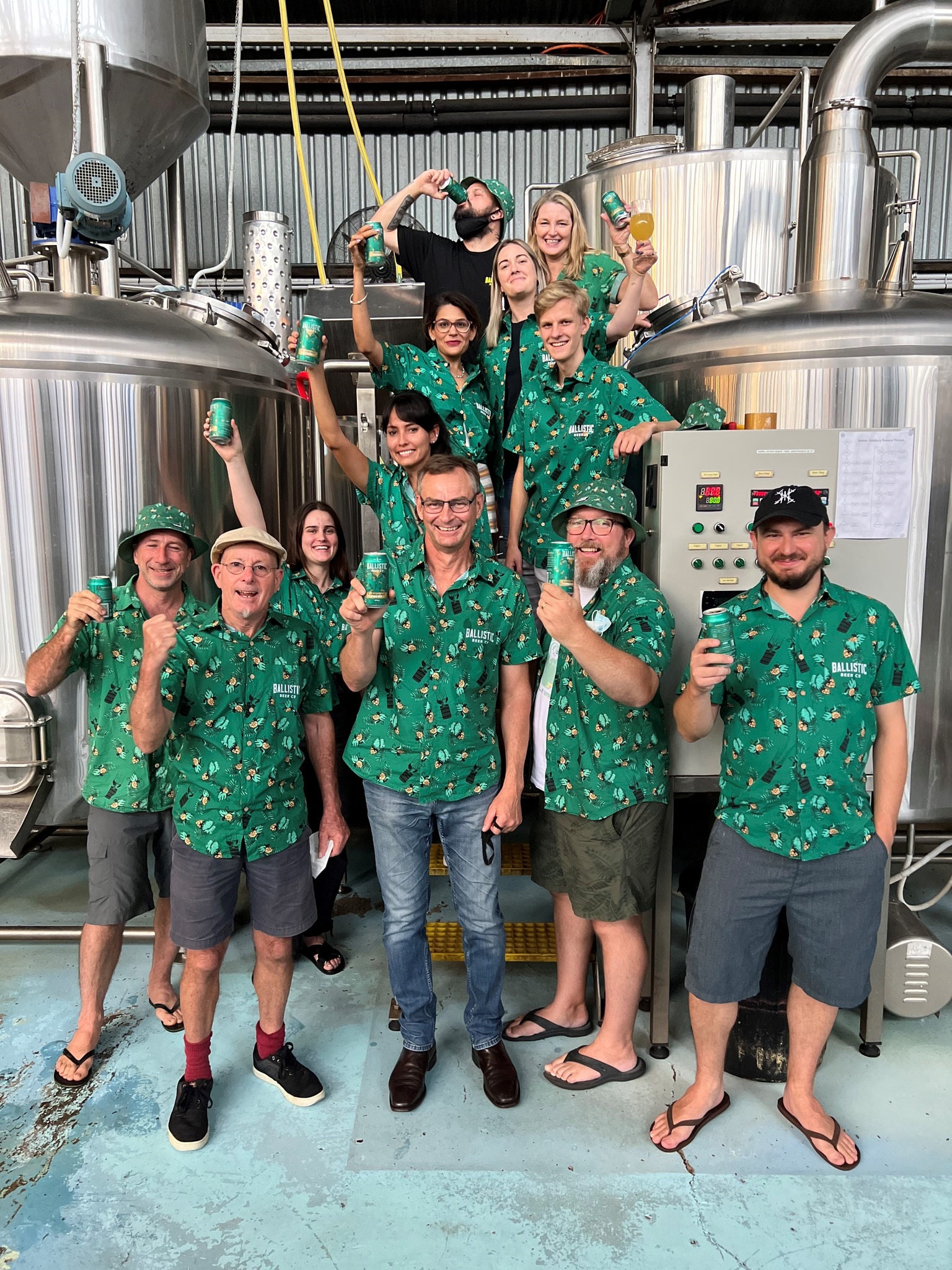Two main methods of Mashing

In brewing, mashing is the process of combining a mix of grain, and water, and heating this mixture.
Mashing allows the enzymes in the malt to break down the starch in the grain into sugars, typically maltmose to create a malty liquid called wort.
There are two main methods—infusion mashing, in which the grains are heated in one vessel; and decoction mashing,
in which a proportion of the grains are boiled and then returned to the mash, raising the temperature.
Mashing involves pauses at certain temperatures (notably 45–62–73 °C or 113–144–163 °F),
and takes place in a "mash tun"—an insulated brewing vessel with a false bottom. The end product of mashing is called a "mash".
Infusion mashing
Most breweries use insufion mashing, in which the mash is heated directly to go from rest temperature to rest temperature.
Some infusion mashes achieve temperature changes by adding hot water, and there are also breweries that do single-step infusion,
performing only one rest before lautering.
Decoction mashing
Decoction mashing is where a proportion of the grains are boiled and then returned to the mash, raising the temperature.
The boiling extracts more starch from the grain by breaking down the cell walls of the grain.
It can be classified into one-, two-, and three-step decoctions, depending on how many times part of the mash is drawn off to be boiled.
It is a traditional method, and is common in German and Central European breweries.
It was used out of necessity before the invention of thermometer sallowed simpler step mashing.
But the practice continues for many traditional beers because of the unique malty flavor it lends to the beer;
boiling part of the grain results in Mailard reactions, which create melanoidins that lead to rich, malty flavours.
Cheers
Edited by Cody
Sales manager
[email protected]










Get A Quote